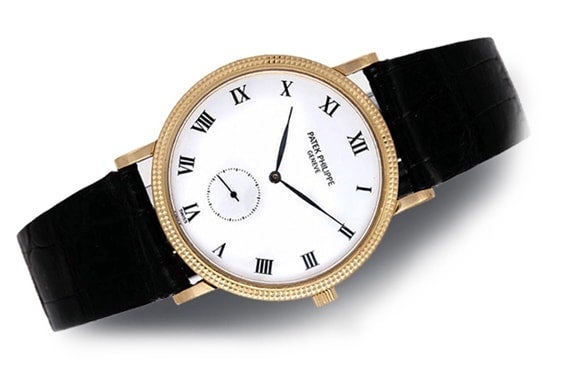Sorry, we're currently experiencing technical difficulties.
We know your time is valuable. Give us a few seconds and try loading this page again.
An error occurred.
Error: Failed to fetch.
We know your time is valuable. Give us a few seconds and try loading this page again.
